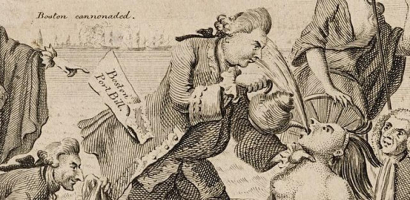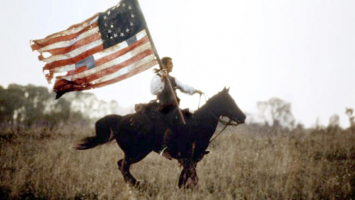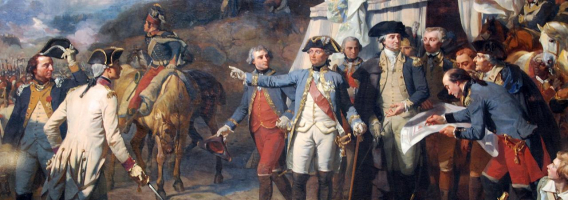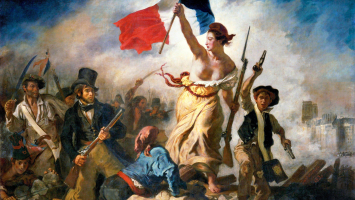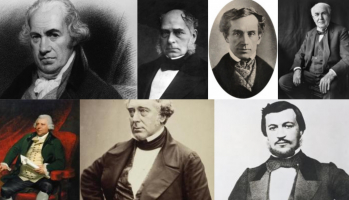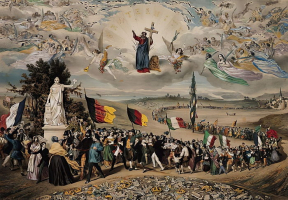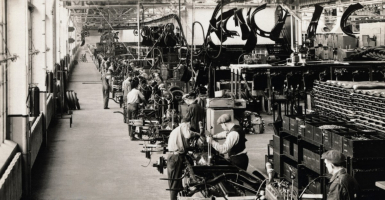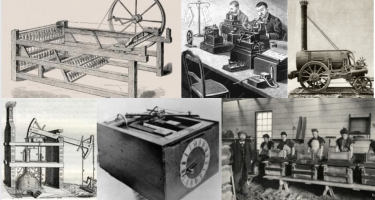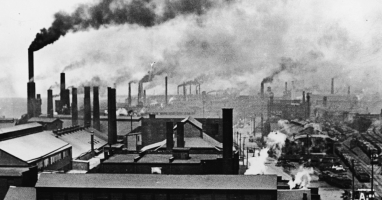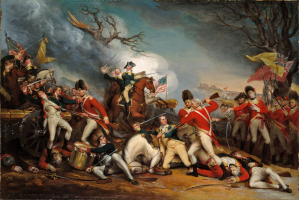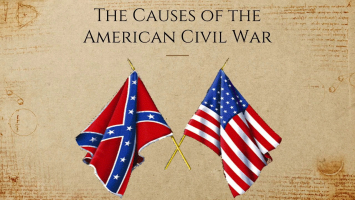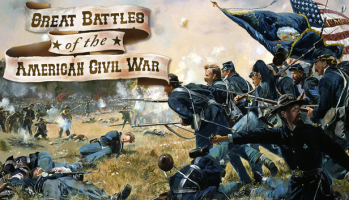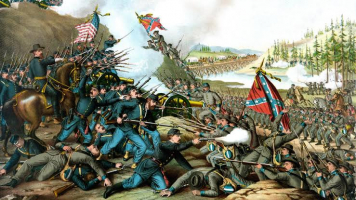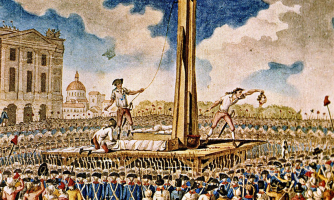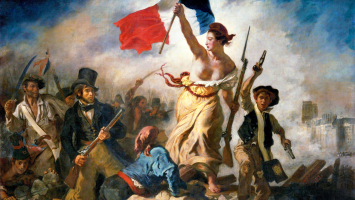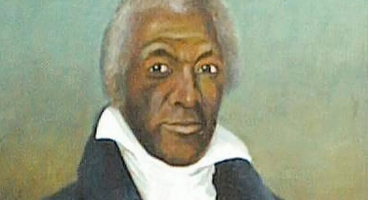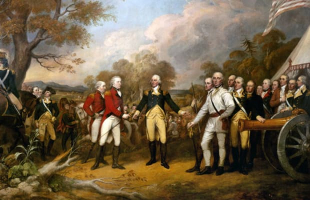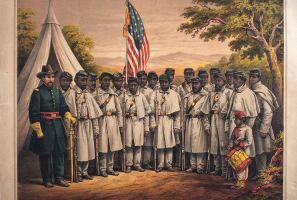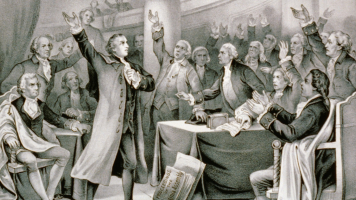Top 10 Major Leaders of the American Revolution
From 1765 to 1783, the Thirteen British Colonies in North America staged the American Revolution. The Continental Army's victory over the British during the ... read more...war resulted in the formation of the United States of America. Throughout the battles, there are major leaders of the American Revolution.
-
From 1770 to 1782, Frederick North, often known as Lord North, served as British Prime Minister. Since the Parliament actually held the reins of power in Great Britain, Lord North guided his country through the majority of the American Revolution. The American colonies were unhappy about being taxed by a British Parliament for which they had not chosen any representatives, known as taxation without representation. Due to this controversy, Bostonians threw 342 chests of tea, valued at 10,000 pounds, into Boston Harbor during the Boston Tea Party in 1773. In response, Lord North put several laws into effect to punish the citizens of Boston.
Frederick North anticipated that this would discourage the insurgent colonists, but the Battles of Lexington and Concord in 1775 instead sparked an all-out conflict between the two sides. The struggle spread to other areas once France sided with the Americans in 1778, which made matters worse for Lord North. He attempted to retire since he didn't see much use in extending the fight, but King George III turned down both of his requests. However, the king was ultimately compelled to accept North's resignation in 1782 and to stop offensive operations in America by the Americans' crushing victory at Yorktown.
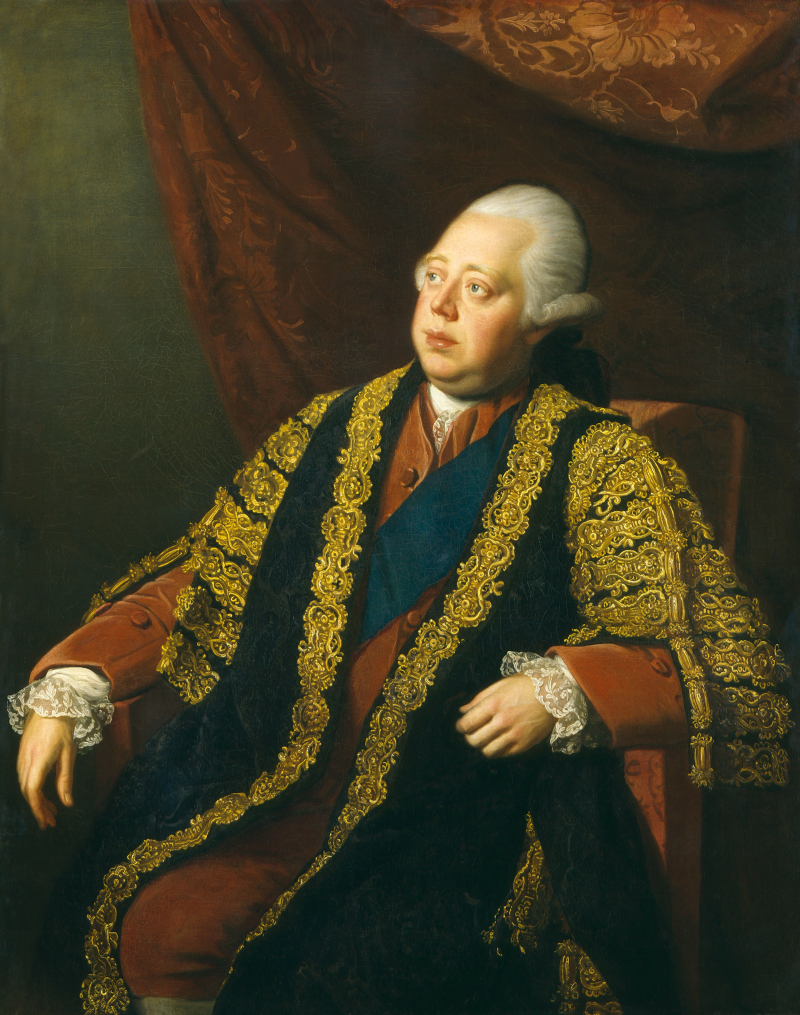
Photo: Wikipedia Source: American Historical Association -
Samuel Adams was an American statesman, political philosopher, and one of the Founding Fathers of the United States. He is one of the major leaders of the American Revolution and was chosen to serve in the Massachusetts assembly in 1764. The next year, the British Parliament approved the Stamp Act, which is the first direct tax on the colonies. Samuel Adams opposed the Act and was one of the first to reject taxation without representation. Additionally, he called his fellow Bostonians to oppose what he deemed to be the illegitimate actions of the British Parliament through his writing. The Tea Act, passed by the British Parliament in May 1773, authorized the East India Company to trade tea in the American colonies without having to pay taxes. By that time, Adams had taken over as the radicals' leader in Massachusetts, and he was primarily responsible for organizing the 1773 Boston Tea Party.
In the early years of the American Revolution, Samuel Adams played a significant role. He fought for total independence in the Continental Congress. He was an expert at planning demonstrations, and he also used his writing to advance the revolution's cause. Adams went on to hold the office of governor of Massachusetts from 1794 to 1797 after the United States gained its independence.
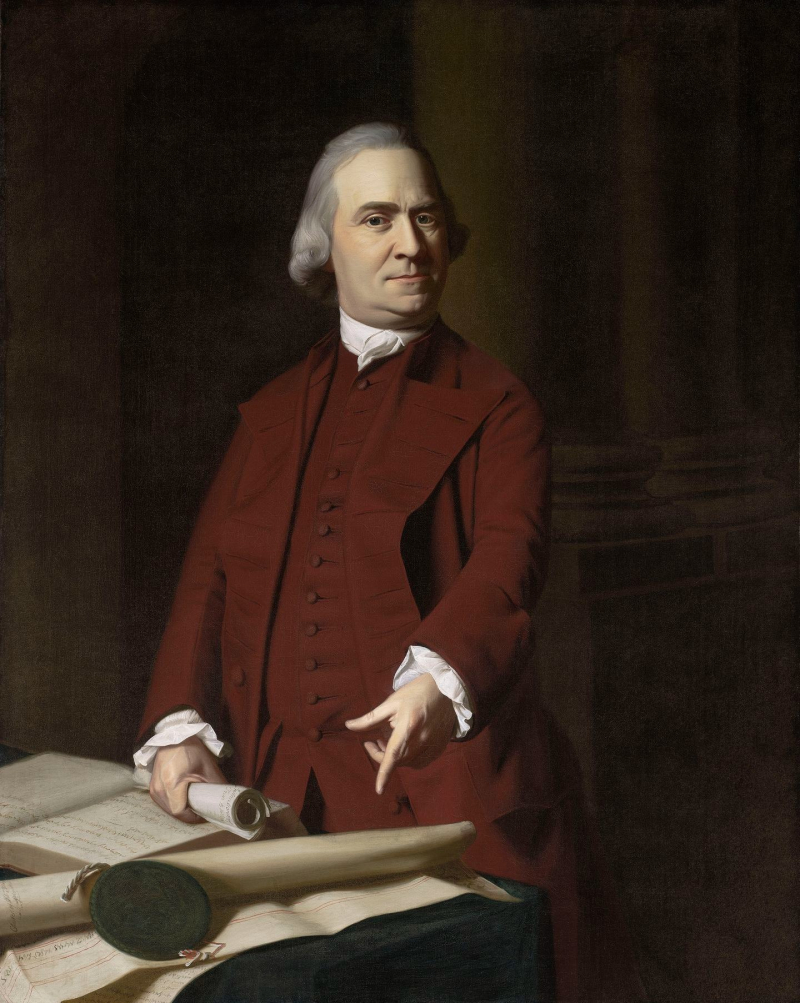
Photo: Wikipedia 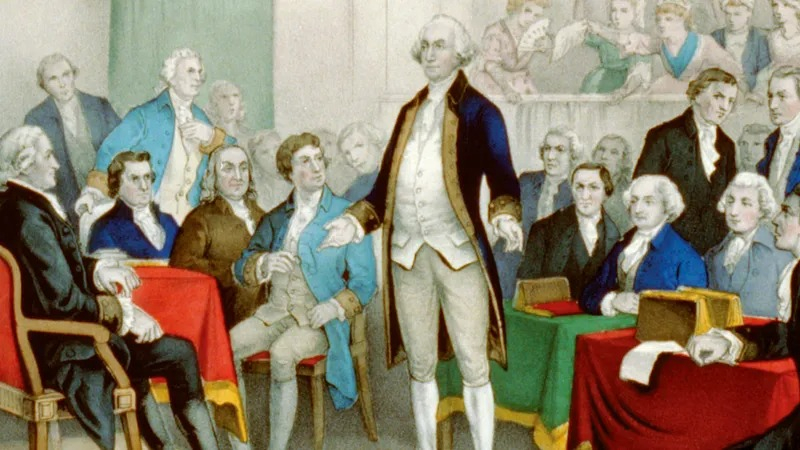
Photo: Britannica -
George Washington is one of the most famous and major leaders of the American Revolution. George Washington was appointed as its Commander-In-Chief when the American Revolutionary War started in 1775 and Congress established the Continental Army. During the war, Washington had a lot of responsibilities. Along with Congress, he mapped out the war's overarching plan. He managed the army's organization, training, and morale. Thanks in large part to his stature as well as to his political and personal abilities, the Congress, the army, the French, and the states all came together to work toward a similar objective. In 1775–1777 and again in 1781, Washington actively led his troops in combat with the major British armies. In 1775–1777 and again in 1781, Washington actively led his troops in combat with the major British armies.
Despite suffering defeats in battle, George Washington never gave up his army during the conflict. When the Americans had suffered numerous significant setbacks at the hands of the British and many believed that the cause was lost, it was Washington who devised a daring scheme, crossed the ice-choked Delaware River, and defeated the British in the Battle of Trenton. The colonies' morale was substantially boosted by the victory at Trenton, and more people joined the army as a result. Additionally, he was in charge of the American army that won the crucial Battle of Yorktown against a British army under the command of Lord Cornwallis. Washington went on to become the first president of the United States, holding office from 1789 to 1797 after the Revolutionary War.
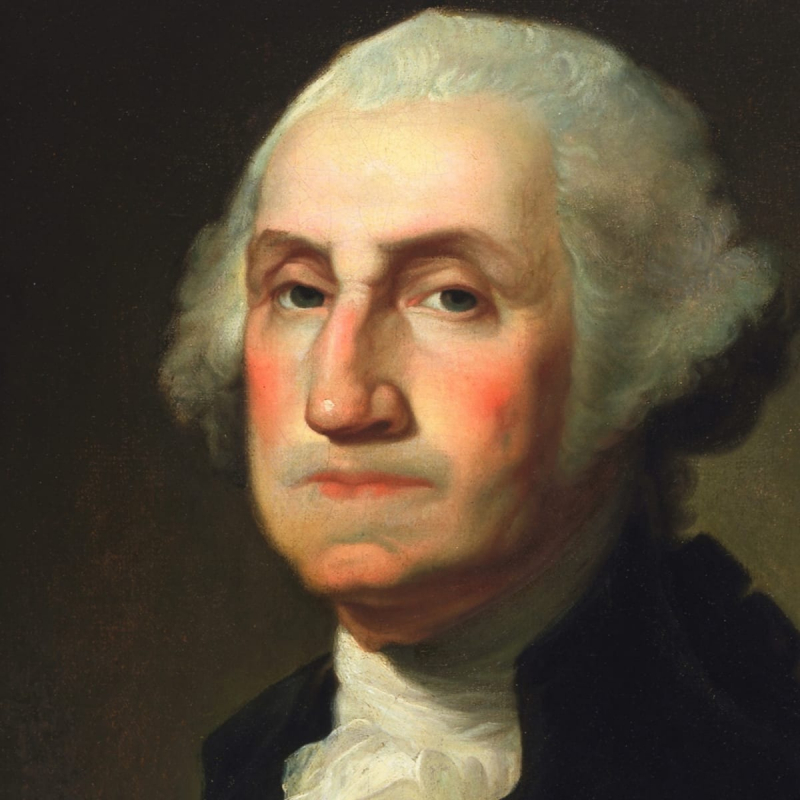
Photo: History Source: Biography -
William Howe became the commander of the British Army in America in September 1775. Boston was under siege at the time, and the American Revolutionary War had barely started. To confine the uprising to New England, Howe intended to set up bases in New York and Newport, Rhode Island. Thus, on March 17, 1776, the British army withdrew from Boston. A British force led by Howe made landfall on Long Island's south shores on August 22. The British then had a string of triumphs, forcing the Continental Army to abandon New York and retreat across New Jersey and Pennsylvania.
Then William Howe began a campaign toward Philadelphia, then the American capital. On September 11, 1777, he beat the Americans at the Battle of Brandywine. Philadelphia was exposed as a result. Two weeks later, on September 26, Howe took control of the American capital. But his capture of Philadelphia played a part in General John Burgoyne's Saratoga campaign's demise. Burgoyne had to hand over his entire force on October 17, making the Battles of Saratoga disastrous for the British. However, the most significant aspect of the triumph was that it gave France hope that America might win the war, which led to the official formation of the Franco-American alliance. Howe's recognition was filed in October 1777 and approved in April 1778.
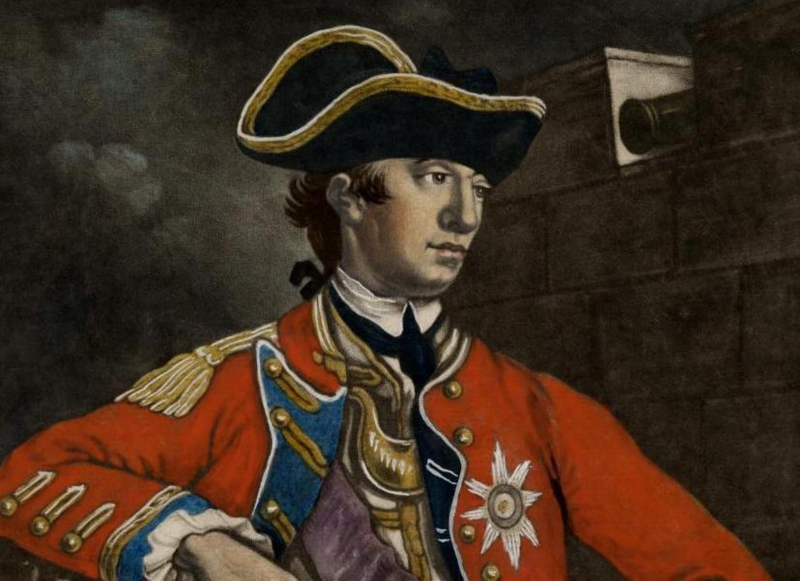
Photo: ThoughtCo 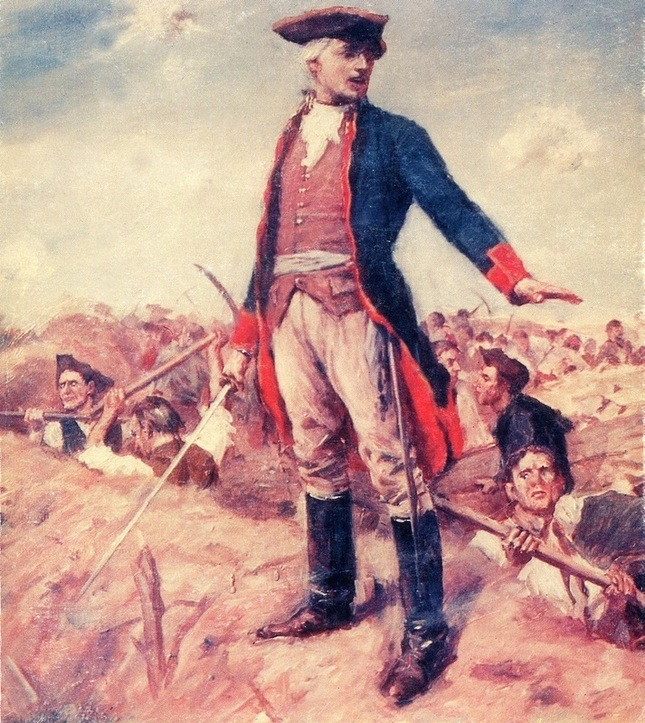
Photo: Revolutionary Hero -
Henry Clinton had been Howe's deputy when he first arrived in Boston in May 1775. In May 1778, he succeeded Howe as the British Army's Commander-in-Chief in America. Afterward, Clinton ordered the evacuation of the British forces from Philadelphia to New York City in 1778 to fortify the city's defenses against a potential Franco-American attack because the British Northern plan had failed as a result of the Battles of Saratoga. From March 29 to May 12, 1780, Clinton led the victorious Siege of Charleston. After the siege, the Americans suffered 89 fatalities, 138 injuries, and 5,466 captures.
The Siege of Charleston was one of the biggest American defeats of the war. By May 29, having taken Charleston, the British had expelled the last of the Continental Army's soldiers from South Carolina, thus strengthening their hold on the region. Henry Clinton left Lord Charles Cornwallis in charge of the southern command after he had taken Charleston and had returned to New York. However, miscommunication and dispute between Admiral Marriot Arbuthnot and Clinton and both Cornwallis and Admiral Marriot Arbuthnot as well led to the British failures that ended up with the Siege of Yorktown in 1781. Cornwallis' entire force of more than 7,000 was surrendered after the siege, which lasted 20 days.
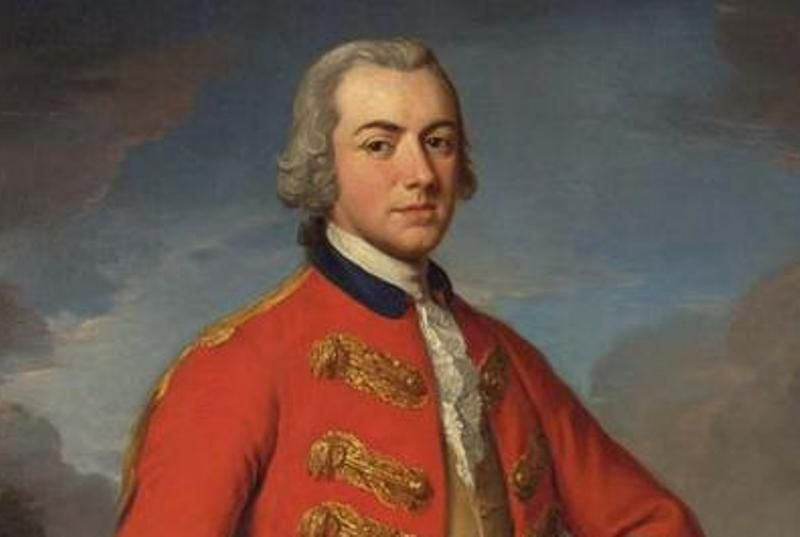
Photo: Greenlane Source: Wiki Audio -
Comte de Rochambeau was the Commander-In-Chief of the French Expeditionary Force that sailed from France in order to support the American Continental Army's fight against the British army. Although he arrived in Rhode Island in 1779, he was mainly idle for a year as a result of the British navy's successful blockade of the island's ports. The American and French forces collided on July 6, 1781, close to New York City. Despite having nearly 40 years of combat experience, Rochambeau told Washington that he had come to serve, not to lead, and he never questioned Washington's authority.
The combined troops of Washington and Rochambeau then marched to the Yorktown siege. To carry out the successful siege, their troops gathered with the Marquis de Lafayette's troops there. It was the pivotal battle of the American Revolutionary War, leading to the complete surrender of Lord Charles Cornwallis' army. Rochambeau stayed on to guard the southern states when the siege ended until 1783. This is the reason why Comte de Rochambeau is one of the major leaders of the American Revolution. Rochambeau was lauded by King Louis XVI upon his return to France and appointed governor of the Picardy region.
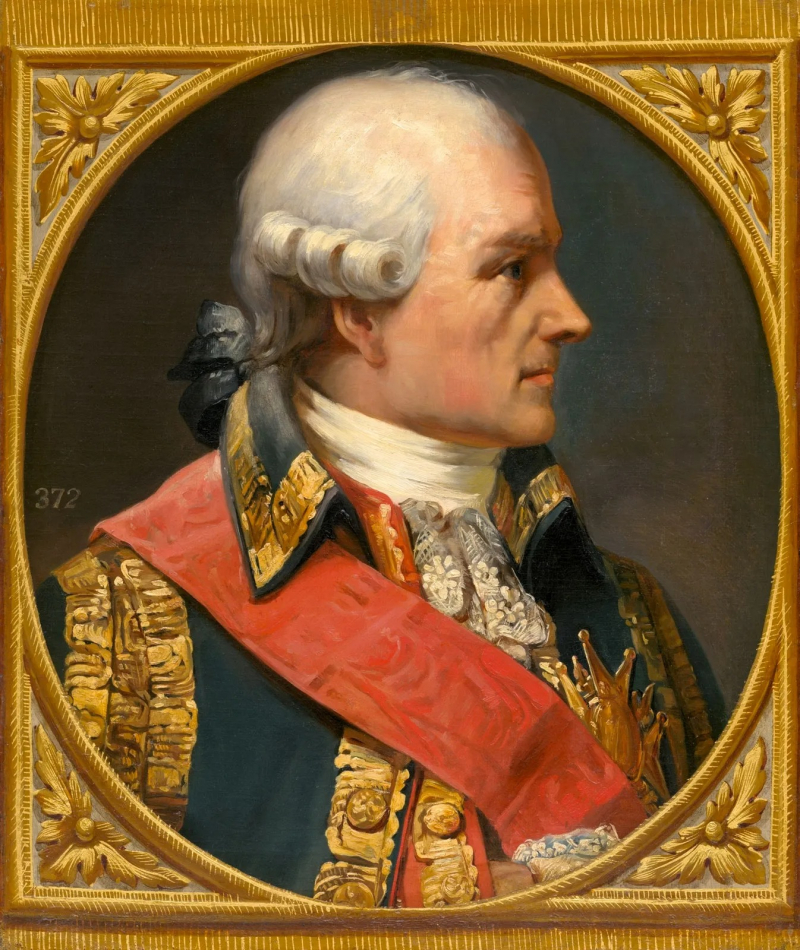
Photo: Britannica 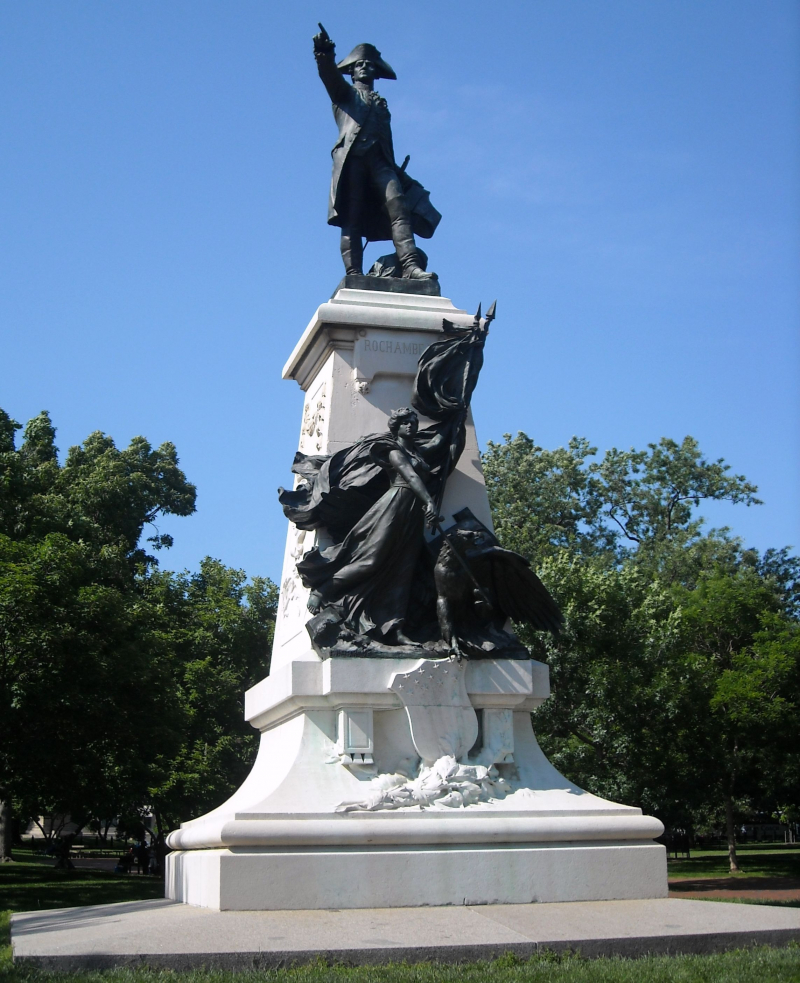
Photo: Wikipedia -
Lafayette made his own way to the American colonies in an effort to gain military fame. He landed in Philadelphia in July 1777, untrained for battle and under the age of twenty. He first met General George Washington on August 5, 1777, and they later developed a father-son bond. He took part in his first engagement at the Battle of Brandywine, when despite being hurt, he was able to plan a calm retreat. He was awarded command of his own division after engaging in fierce combat during the conflict. He continued to fight, taking part in engagements in Rhode Island, Monmouth, and Barren Hill.
On May 28, 1778, at Barren Hill, despite being greatly outnumbered, he led a brilliant withdrawal. Lafayette departed for home in 1799 to advocate for further French backing. He returned to America the next year and was given commanding positions in the Continental Army. He went on to serve with distinction in several more battles. His most crucial contribution, nevertheless, came in 1781 when troops under his command in Virginia captured Cornwallis until more French and American forces could set up for the final Yorktown Siege. Marquis de Lafayette played a significant part in the French Revolution after returning to his native country, contributing to the Declaration of the Rights of Man and of the Citizen.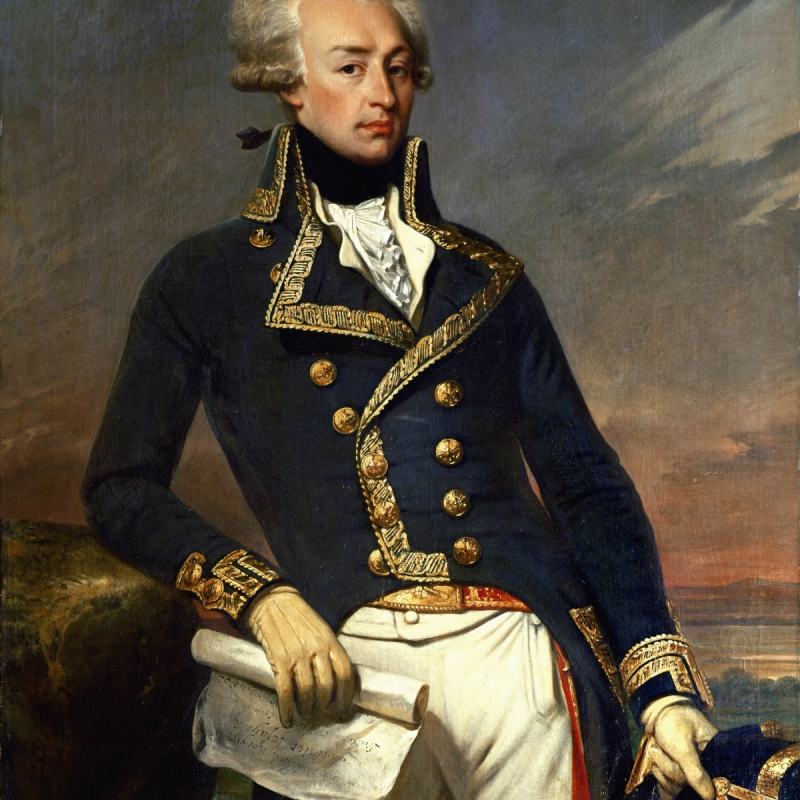
Photo: History Source: Daily Dose Documentary -
Charles Cornwallis started his military career in North America in 1776 under Henry Clinton in the failed Siege of Charleston. Later, he took part in Commander-in-Chief William Howe's successful campaign in New York and New Jersey. The British then took over Philadelphia, and Cornwallis remained Howe's subordinate. He took the lead in several of the campaign's engagements, such as the Battle of Brandywine and the Battle of Germantown. Cornwallis took over as Henry Clinton's second in command after he was named Commander-in-Chief. He and Clinton led the British forces during Charleston's second victorious siege in 1780.
After the siege, Clinton left for New York, and Charles Cornwallis was in command of the south as a result. Following Charleston, Cornwallis started to move northward toward North Carolina. But he was forced to turn around after suffering a crushing loss at the Battle of Kings Mountain and return to South Carolina. South Carolina was reconquered by the Americans from the British. After the French force defeated the Royal Fleet in the Battle of the Chesapeake, Cornwallis was stranded in Virginia. On October 17, 1781, Cornwallis displayed the white flag in the face of constant bombardment from Franco-American forces, the lack of reinforcements, and limited food and artillery ammunition supplies.
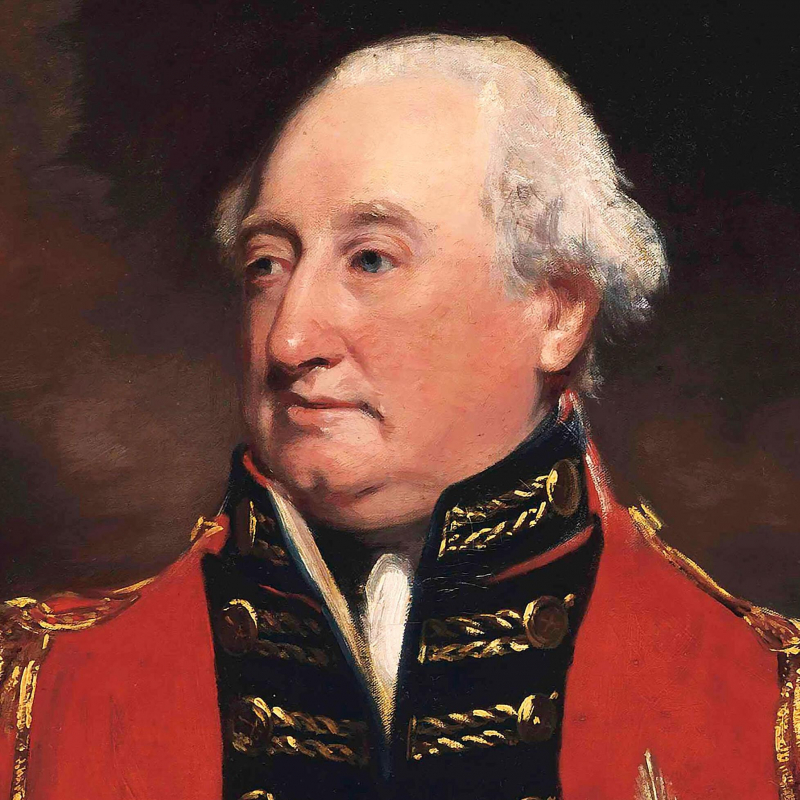
Photo: The Times Photo: Biographics -
George Washington's most talented and dependable officer, Nathanael Greene, emerged from the conflict. He is well known for being one of the Continental Army's top strategists, among other things. After the American Revolutionary War broke out in April 1775, the Rhode Island government organized an army and gave Nathanael Greene leadership of the army. He was promoted to general in the recently formed Continental Army the same year. Under General Washington, Greene served with distinction during the campaigns in Boston, New York and New Jersey, and Philadelphia. He was also chosen to lead the Continental Army in the southern theater in October 1780, after the Americans had suffered a string of severe setbacks there while being led by Benjamin Lincoln and Horatio Gates.
Under his command, Nathanael Greene successfully used guerrilla warfare techniques to defeat the numerically superior British forces commanded by Charles Cornwallis. At the battles of Guilford Court House, Hobkirk's Hill, and Eutaw Springs, he causes heavy losses to the British. He thus played a crucial role in the Continental Army's victory in the southern theater. Greene remained a member of the Continental Army after the successful Siege of Yorktown until the end of 1783.
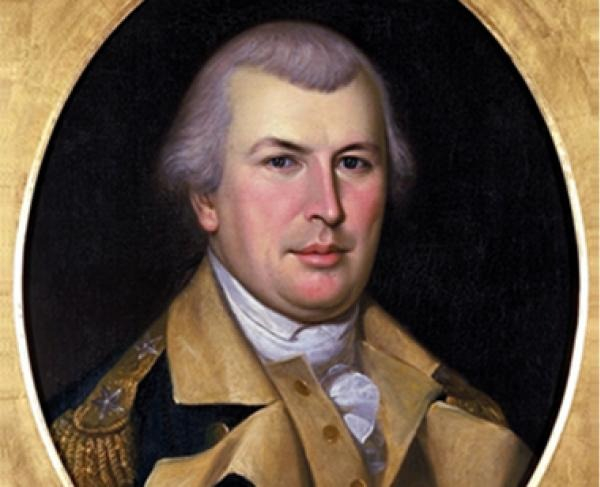
Photo: American Battlefield Trust Source: Josiah Mirabella -
Benjamin Franklin was chosen by the Pennsylvania Assembly to represent them at the Second Continental Congress, which was a gathering of delegates from the Thirteen Colonies to coordinate their military operations against Britain when the Revolutionary War first broke out. Franklin was one of the five individuals chosen to compose the declaration of independence once the group decided to issue one. He made a number of significant alterations even though Thomas Jefferson wrote much of it. On July 4, 1776, the colonies issued the U.S. Declaration of Independence, declaring their independence as sovereign, independent states.
Benjamin Franklin served as the first American ambassador to France in December 1776. He was highly regarded in France and contributed significantly to the improvement of ties between the United States and France. Early in 1778, he began negotiating a long-term military alliance with France. The American colonies' success over Great Britain was largely due to French support. Thus, Benjamin Franklin's efforts were crucial to the success of the American Revolution. Franklin also signed the Treaty of Paris in 1783, which among other things ended the war and forced Britain to recognize the American colonies as free, sovereign, and independent states. Franklin was one of the American representatives who signed the treaty.
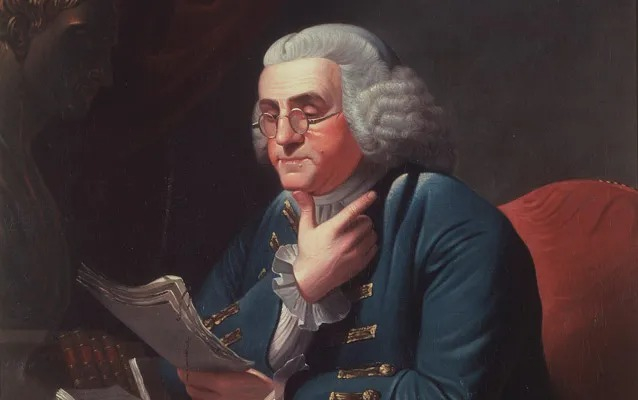
Photo: BBC Source: Innovative History












